LUX’s latest collaboration with Bicester Village celebrates the talent within the new generation of artists. Across the art world, experts have nominated emerging artists of outstanding talent. But judges have narrowed these down to the 6 most pre-eminent, for a showcase at Oxfordshire’s Bicester Village. See below for the results. For enquiries about artworks or artists, please contact [email protected]

James Capper

Oluwasemilore Delano

Ned Elliott

Wesley George
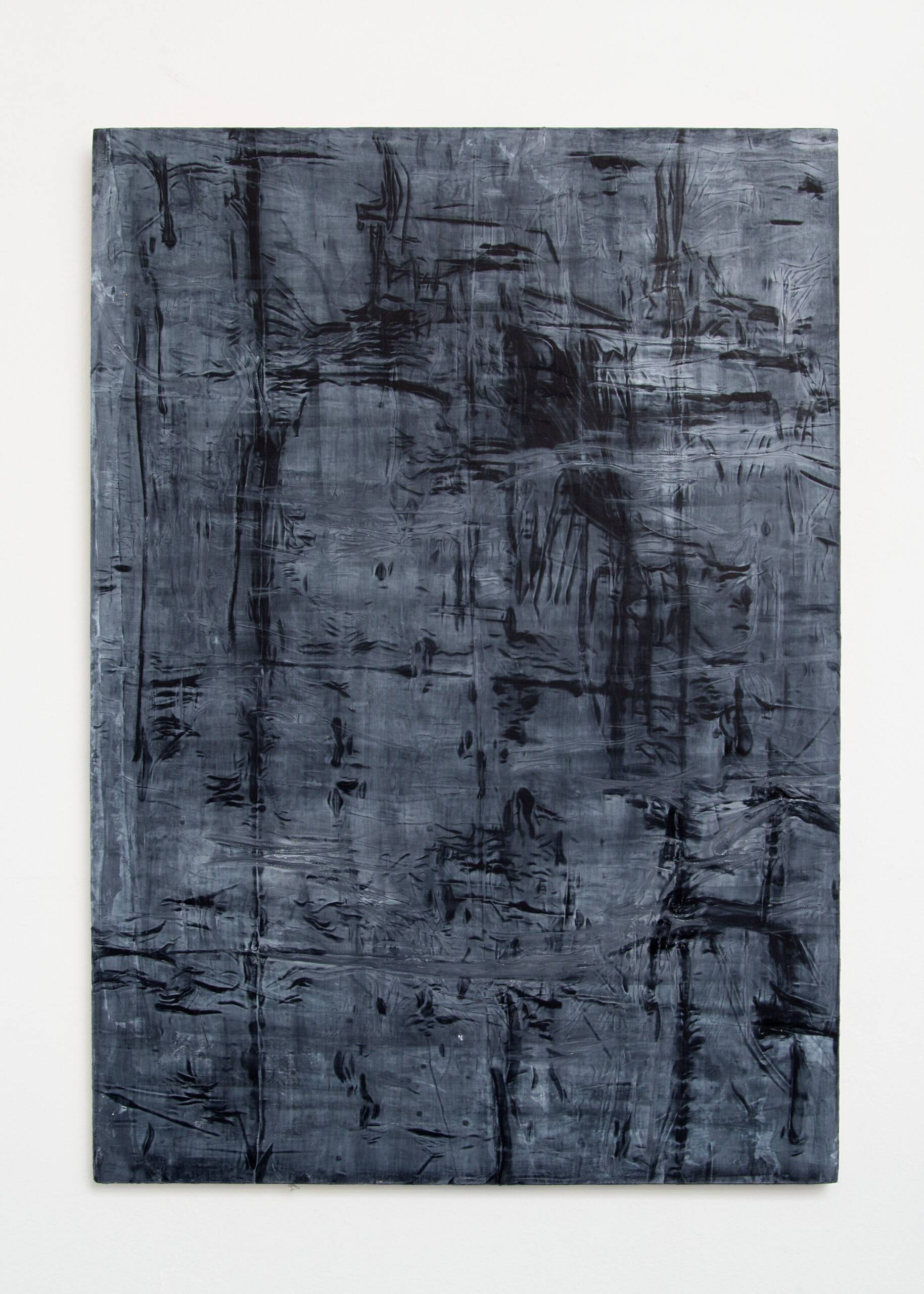
Caroline Coolidge

Xu Yang
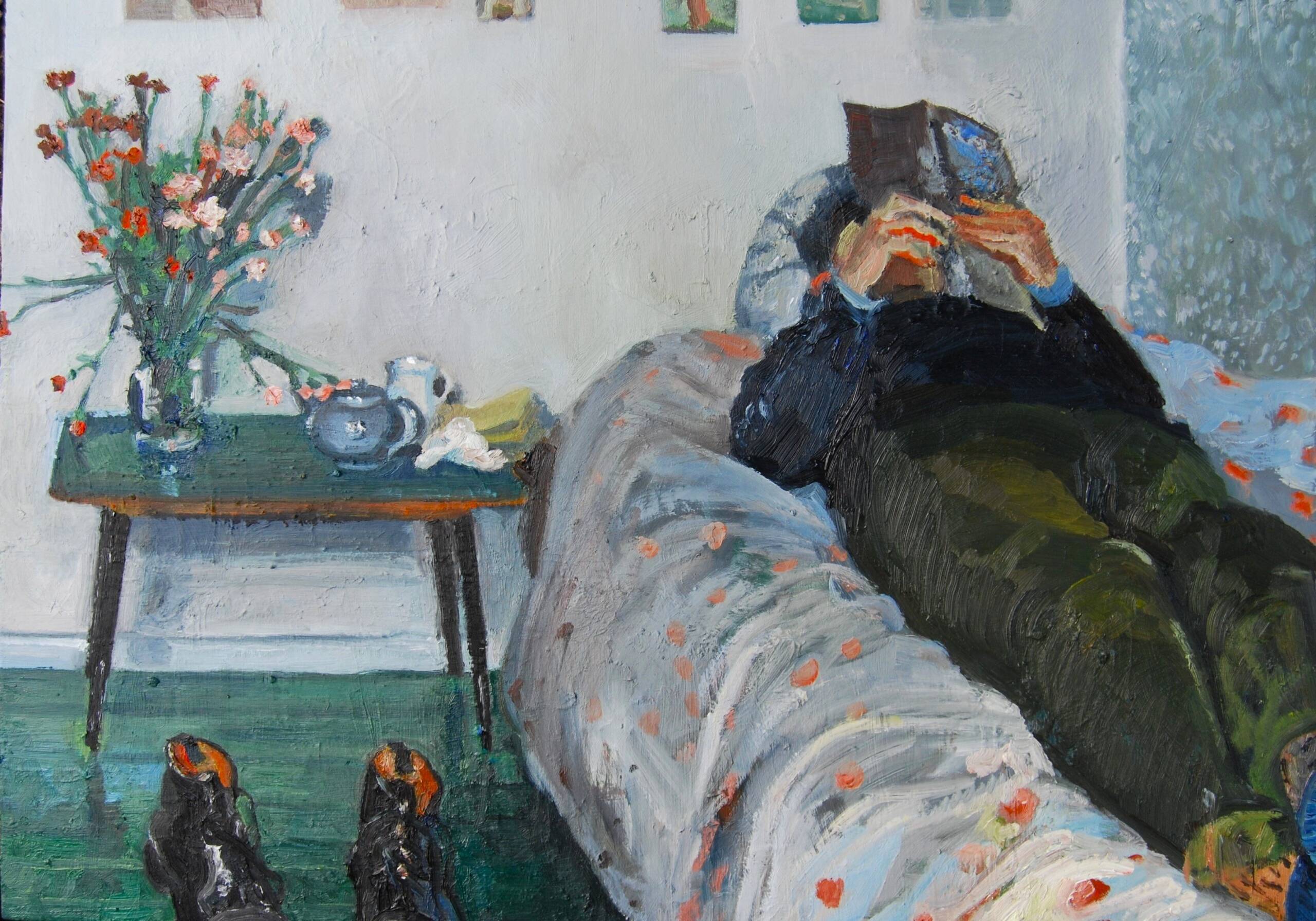
Frith Angell
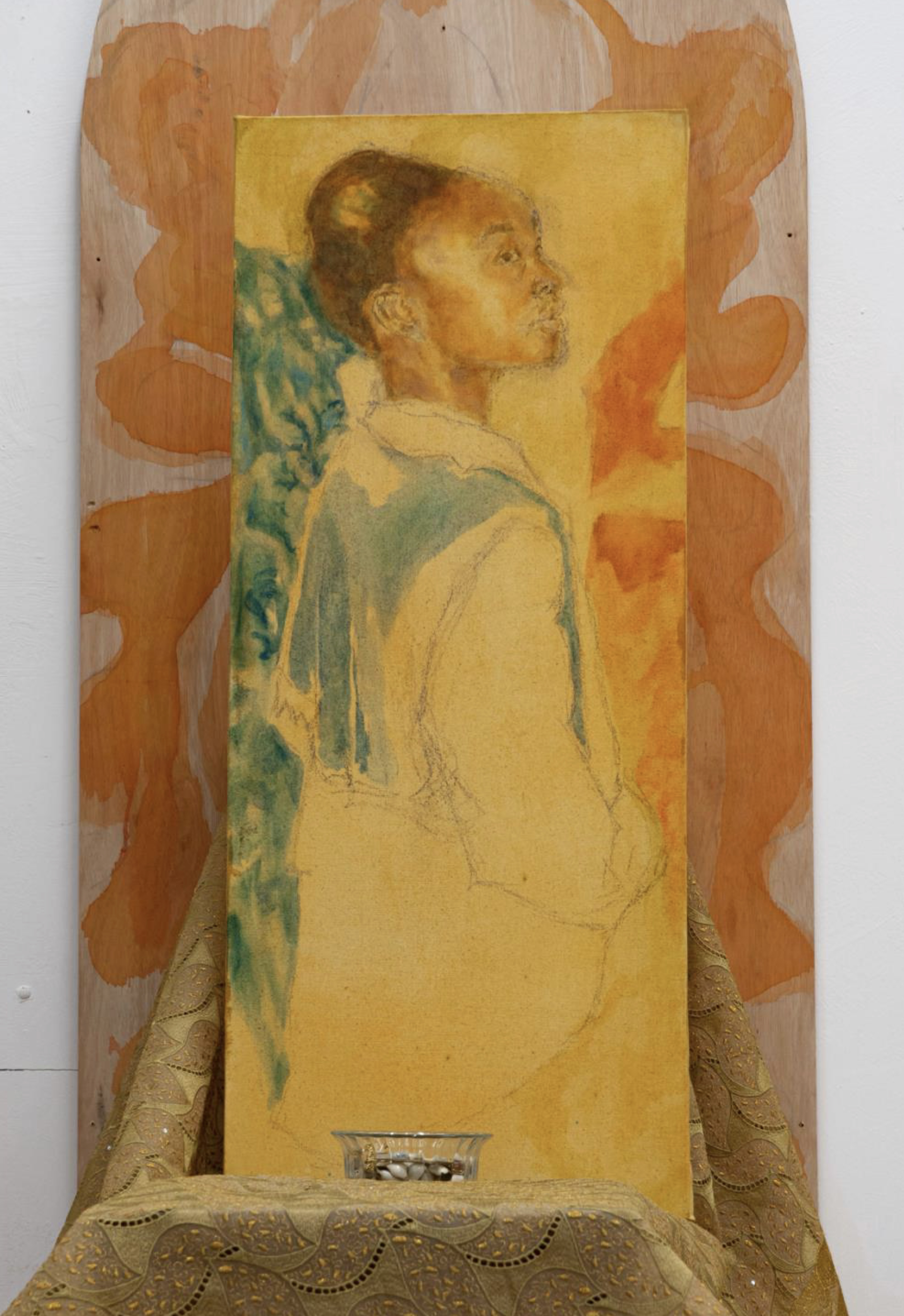
Paul Majek
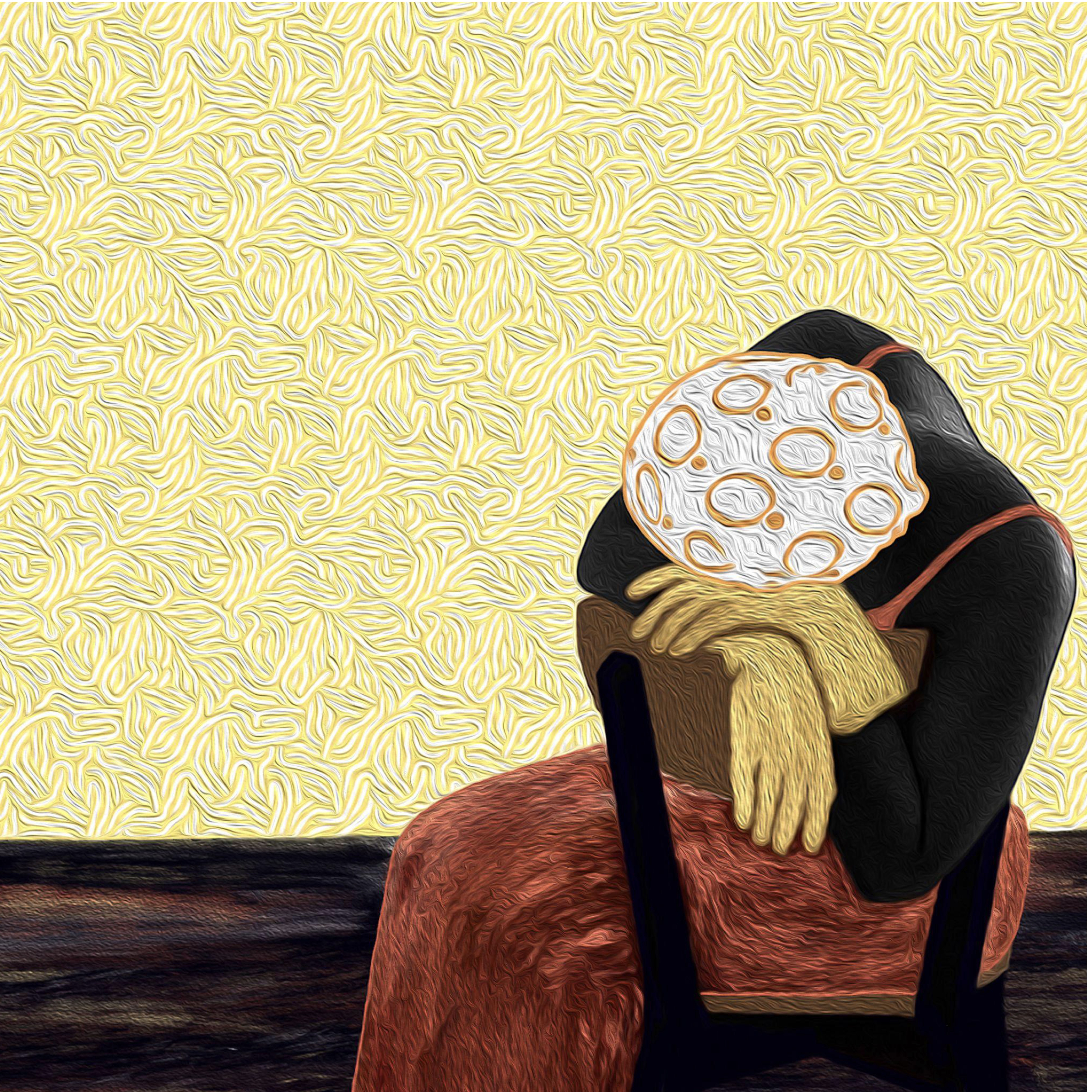
Vanessa Endeley

Jamie Bragg

Lydia Smith

Chengwei Xia

Vittorio Da Mosto

NEXT GEN MASTERS: Bicester Village x LUX Emerging Artists
LUX and Bicester Village have collaborated on a new initiative to support UK-based emerging artists. A long-time supporter of the arts, Bicester Village is keen both to represent established creatives and nurture emerging artists.
This June, the Next Gen Masters showcases works by some of the next generation’s leading talent.
Our esteemed list of nominators have chosen emerging artists of outstanding talent. After a painstaking process of examination by our judges, all established leaders in the art world, the four UK-based artists of pre-eminence will be showcased for customers to view at The Apartment in Bicester Village over a period of three weeks, between Friday 21st June and Friday 12th July.
SHOWCASED ARTWORKS
Banana Republic, James Capper
You Might Not Remember But It Was Like Every Sunday Afternoon, Oluwasemilore Delano
Don’t You Want To Live Before you Die? III, Vanessa Endeley
Untitled, Wesley George
Noble One, Dolapo, Paul Majek
Society, Xu Yang
ARTISTS’ STATEMENTS
FRITH ANGELL
This painting was made of a friend of mine in his room. He has just returned from work, his boots are on the floor, and he is reading a history of Switzerland. Perhaps he has forgotten his cup of tea on the table beside him as he reads. I wanted to convey a sense of the space of the room, its atmosphere, textures and colours and in particular the weighty, human presence of my friend as he relaxes after a long day. It is significant that this painting was made from direct observation, as what excites me about painting and drawing is watching the surprising-ness of individual moments in life as they pass, seemingly insignificant ones which are, when one deeply looks, imbued with deep feeling and excitement in every flicker of light and movement.
JAMIE BRAGG
After the sudden death of my grandmother, witnessing the poignant act of my grandfather making his bed with just one pillow, moved me to create a series of “Bedsheet Elegies.” While the act of painting served as a form of grieving for me, the work itself aims to evoke a simultaneous absence and presence of bodies, and how presence is often most keenly felt in absence.
JAMES CAPPER
Banana Republic forms part of a series by the artist titled: The Rotary Paintings. These, form a significant body of work which James Capper has been developing since working in isolation in his studio during the first national lockdown. Engaging with the artist’s experiments in mark-making and hydraulic sculpture, the Rotary Paintings are created using the Hydra Painter – a hydraulic painting machine. The first iteration of Hydra Painter, built in 2015, is a basic machine consisting of a small square table with a hole in the middle to allow the spindle of a hydraulic motor through it, attached to which is a beam with paint rollers affixed to it. Despite initial successful tests, Hydra Painter was packed away and sat in storage until Capper rediscovered the machine in March 2020, when the idea to make the Rotary Paintings was born from the repetitiveness of daily routine and the blurring of indefinite days under lockdown.
CAROLINE COOLIDGE
Recently, I have found myself manipulating the silkscreen. I am interested in the blur between this serigraphic process, image production, and painting. In the creation of this work, I utilised unstretched screen printing mesh, which acted as a mediator and a sieve by which I painted with and against. The screen becomes my subject as I break down the screen printing process and reconsider how images are built and mass-produced. Traditionally this printmaking technique is intended to generate images on a mass scale. I work with the screen in such a way that the images cannot become multiple, but have the potential to hold and alter a memory of the previous image as the work shifts from print to painting. Through dismantling the productive print, I take a countering stance, question mechanisation, and investigate how mass production and technology (both analogue and digital) have come to shape how space is understood and how the human is implicated within this. I utilise and play with flattening, but when approached on a more intimate level, this takes on a resonance of depth within the aftermath of collapse. By being visually subdued and non- didactic, my work allows for meditation around memory shifting within screen-generated space. In the process, the silkscreen becomes a metaphor for the computer and phone screens that dominate contemporary life and constantly create new realities, shaping memories, and redefining truth.
OLUWASEMILORE DELANO
How do care, comfort, regularity, vulnerability manifest physically? How do they compose a space? How does body language change and settle into a regular rhythm that we get used to? I find a lot of inspiration from these familiar questions; although they are common in their daily experiences, they feel highly fundamental — the behind- the-scenes of everything else that happens. The time when you remain unguarded – free, I find these moments that happen in familiar places where the body settles into positions of subconscious activity, rare. In this rarity, the body reveals a love that is not romantic but far more about feeling complete within oneself.
“You might not remember but it was like every Sunday afternoon” began during the END SARS protests in Lagos, 2020 – where every Nigerian likely felt pride in each other, but shame and fear of our own government. The phrase “sòrò sókè!” meaning Speak up, kept a nation going. Although a trust is now gone, it has been replaced by a certainty that we will always fight for our home. The painting is a place where good feeling awaits, contemplating safety, security. However, accepting that there is a tension in awaiting. The figures inhabit two different modes of existence, my mother, on the edge of the canvas is in a dreamless sleep, she has seen generations of Nigerian government promise and pass by. My brother on higher steps is locked in a gaze of aspiration. Between them are markers of lost time, misunderstood stories, worn surfaces and a staircase leading upwards.
Time should feel unending, as if there is always more to be felt, for the painting to be unbound so that it can be experienced over and over again in new ways.
VANESSA ENDELEY
I work my way backwards, starting from visualising the artwork during my hypnagogia episodes to putting the necessary pieces together to create the final piece. My entry into the creative world was via photography, so I am always looking to tell my stories starting with photographic images. Each painting starts off with a photographed subject and then goes through different stages of including both digital and traditional paintings on a canvas, to arrive at a mixed media artwork.
WESLEY GEORGE
This painting depicts a young man wearing a vibrant mustard sweater and a pair of tan slacks, tucked delicately into his waist tie are a bunch of long stemmed purple flowers, some of which partially cover his face. The man is seated with a stoic expression and relaxed demeanour, coupled with his hands being gently crossed, this entire piece explores the depths of black masculinity, especially, regarding the younger generation. George illustrates this with a traditionally ‘feminine’ colour story consisting of magenta hues and body language as the main communicators. The direct juxtaposition between the lively hot pink background and the almost subdued expression of the man are one of the many contrasts within the painting. This falls in line with the rest of George’s portfolio, further dismantling the monolithic portrayal of the black population in the media.
PAUL MAJEK
This painting is called ‘Noble One, Dolapo’ it is a portrait of my sister, made in honour of her, to create a spiritual dialogue about the family archive, the work is usually situated in an altar-like space.
VITTORIO DA MOSTO
This is a piece from the series “Metal on Water”. It is created through photography of water reflections and then processed through silkscreen printing to create an original piece. The work intends to break down materials like metals through their reflection in water giving them unusual properties and giving us the opportunity to reconsider matter through visual art.
LYDIA SMITH
Smith created this work during her Art residency in Italy. Studying the Tuscan landscape, she began to draw the formations of the fields. Connected to the earth’s energy, She then played a game within the edges of the 2D drawing and found abstraction rules. She took this 2D Image and, using her mind, rotated, inflated, and inverted it into a 3D form.
She suspended her initial visualization in the air, imagining the negative space the missing fields would leave behind. In her digital mind, she envisioned a void, a hole, where the viewer could peer into the polygon structure of a hollow world, a testament to the data this ancient landscape held beneath its surface.
CHENGWEI XIA
When I was a child, I often found a mushroom that looked a bit like bamboo fungus in the bamboo forest in my hometown. It usually appeared in the morning when there was a bright starry sky the night before. The local name for this mushroom is “Xingxuan’er shit”, which means star shit. There is such a corresponding relationship between the small mushrooms and the vast starry sky in the hearts of local people, as if the stars are not so far away. In this drawing, the stars are like seeds in the sky, growing out from the darkness. I made this drawing with inks and pigments I made from plants: hibiscus flowers and onion skins, and I also used walnut ink. Plants hold a special significance in my work, serving as a bridge between past and present, self and ancestry. Foraging, growing, or salvaging from food waste, each botanical element carries with it a lineage of cultivation and connection, linking me to my farming roots and the generations who tended the earth before me.
XU YANG
Society (2024) shows a Pekingese dog perched on an 18th century French style blue velvet cushion with Qing dynasty style fabric draped in the background.
The lapdog, also known as Pekinese, is a short-legged breed with long hair and a snub nose, originally bred in China to only be owned by members of the Chinese Imperial Palace. It was a precious bread in China during the Qing dynasty sharing the same social position as its owner, and as such, servants would have to bow to the dogs each time they saw one wondering about as they were allowed to. A British soldier, who came across a lone pekingese during the 1860 sacking of the Summer Palace in Beijing by the Anglo- French force successfully brought the dog back to England. It was the first of the breed to survive the voyage. The Pekingese was then presented Queen Victoria. After this more dogs appeared in Europe and were owned by aristocracy and politicians and exchanged as political gifts.
Society explores class and objectification through an animal. In creating this work I was thinking about how humans alter traditional portrait painting techniques as an expression of
the historical events that are still influencing our society today .
JUDGES
Nadya Abela
Clayton and Parker Calvert
Janine Catalano
Claudia Cheng
Marie-Laure de Clermont Tonnerre
Maryam Eisler
Loïc le Gaillard
ANgeliki Kim Perfetti
Amaarah Rahman
Kamila Serkebaeva
Eliza Smith
Maria Sukkar
NOMINATORS
Mashie Agnew
Violet Guinness
Martha Hathwaya
Lucca Hue-Williams
Esmay Luck-Hille
Jean-David Malat
Gina Quan
Fraser Scarfe
Cleo Scott
Ola Shobowale
You Might Not Remember But It Was Like Every Afternoon, by Oluwasemilore Delano
oil on canvas; 1050 x 92 cm; 2023
What Is That Amongst The Thistles, by Ned Elliott
coloured pencils, watercolour, and graphite on shoji paper; 52 x 79 CM; 2023
Untitled Screen, by Caroline Coolidge
acrylic, graphite, and screen printing ink on board; 59.4 x 84.1 cm; 2024
Don’t You Want To Live Before Your Die? III, by Vanessa Endeley
archival pigment ink, acrylic on canvas, 102 x 102 cm, 2024
Banana Republic, by James Capper
industrial marine paint on paper; 70 x 70 cm ( unframed); 83.4 x 83.4 cm (framed); 2020


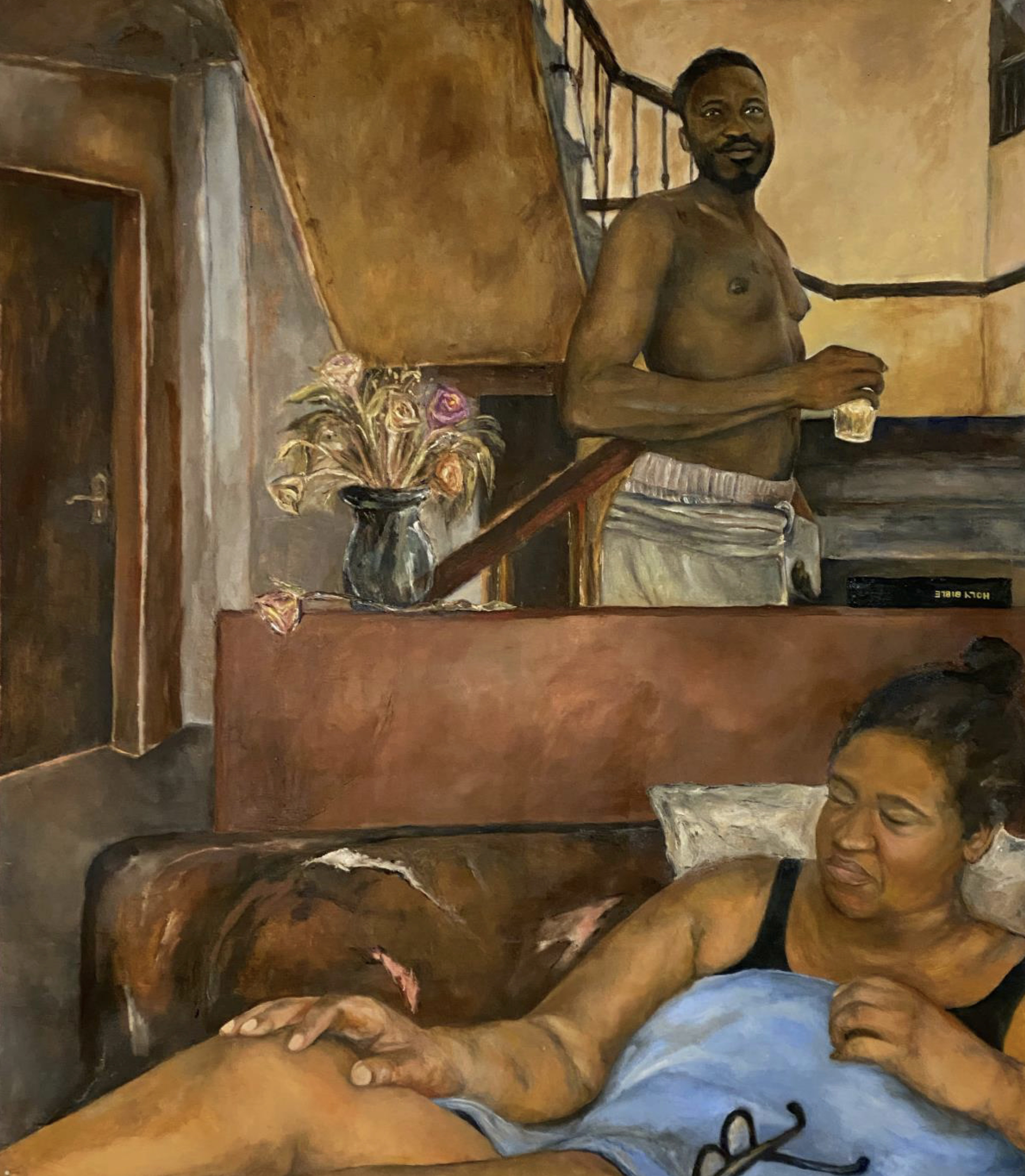







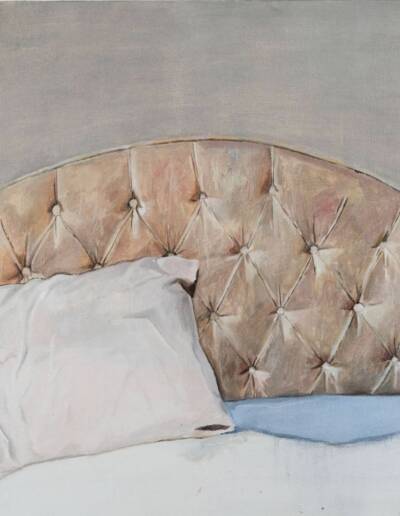
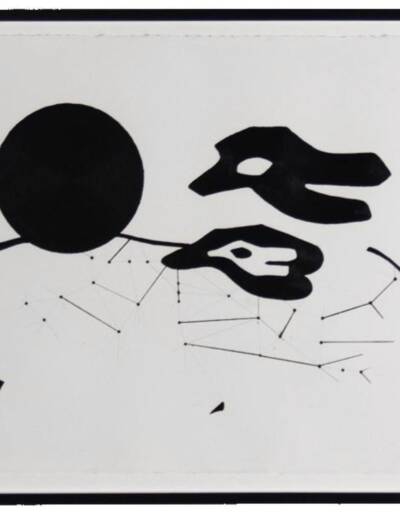
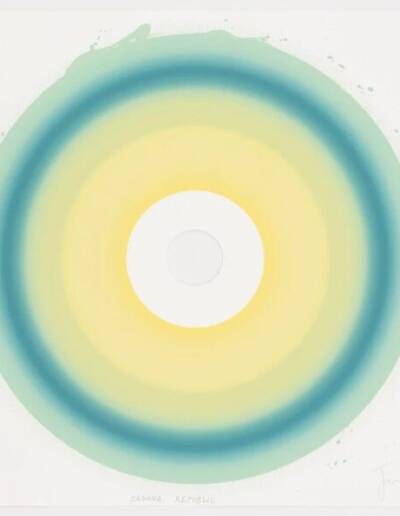












Recent Comments